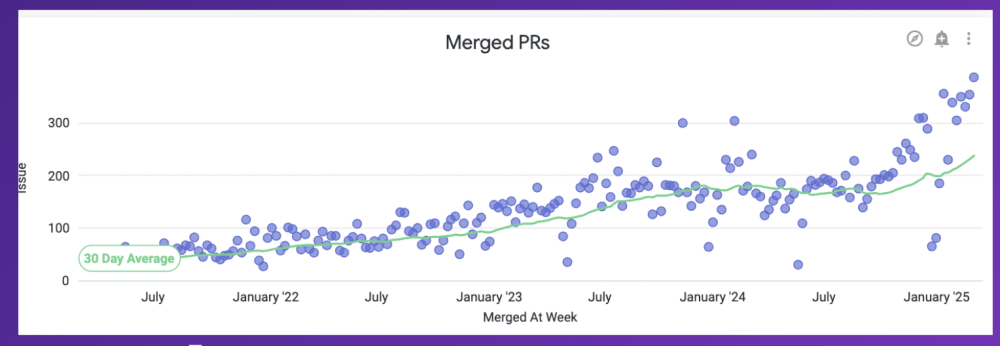The Problem with “Small But Mighty” AI Start-Ups
"Look, everyone would love to get to $100m ARR with 20 employees. But ..."
So it’s become a thing with many founders and VCs to think how far you can go in AI today. Many of the early break out leaders in AI for B2B and otherwise have been “small but mighty teams”. And it’s not a completely new vibe. Instagram had just 13 employees when Facebook acquired it for $1 Billion. But it did have just one product, strong network effects, and no sales team.
Honestly we’d all love it the Small But Mighty B2B start-up scaled. If a small team of 20-40 could get you to $100m+ in ARR. And given the massive growth of some AI apps today, we are seeing that now repeatedly. A Small But Mighty Team getting all the way to $20m, $50m, $100m ARR with AI-first apps.
But there are three issues before you try to replicate this fully, at least after the early days:
The first one is that it’s a competitive world. So folks that are hyper efficient with AI … may just plow the AI gains back into going even harder. And thus — hiring more.
I learned from RevenueCat where SaaStr Fund was the first investor. CEO Jacob Eiting shared this chart with me of how much more “efficient” the company has become since adopted AI dev tools like Cursor and Windsurf. You can see the huge gain in PRs (and thus output) here since last last year. Huge gains:
But … but … what did they do with those gains?
They have 40% market share in their space — managing mobile subscriptions. But they have competition and can’t rest on their laurels. And they are doubling down and hiring even more to keep these gains going.
Net net, if the average RevenueCat engineer is twice as efficient as before AI dev tools (and it’s not that simple. but close enough) AND they then double their hiring … now they are moving 4x as quickly.
That’s fast, and you can see it in their product launches. Much faster than 12-15 months ago. Much faster.
So you can take your AI efficiency gains and smile and talk about how efficient you are. But what if your competitor gets the same gains, and then goes around and reinvests that output into even more great developers?
You’ll fall behind.
The Second “Problem” With Small But Mighty AI Teams … Is Enterprise Sales
A tiny team can be fairly efficient with a 100% self-serve and PLG motion. But … what about when bigger companies want to buy? You can see in our recent CRO Confidential deep dive with red hot Windsurf / Codeium’s VP of Sales that already they are up to almost 100 sales and GTM professionals. In a handful of months!
If you want to compete in bigger deals, in the enterprise, you probably have to do the same.
The Third Problem is The Intense Pressure to Be Multi-Product and Even a Compound Start-Up Today
Most of the Small But Mighty Teams I’ve seen — and I’ve run one in many ways — really just manage one big product at scale. But if you have to have 3-4 products now to compete even at $2m ARR, or even just at $5m or $10m ARR, how can you do that with just one team?
So that 30 person, $100m ARR AI B2B start-up? It’s possible. For sure. We have examples now. It’s even cool. But … But … can the Small and Mighty Startup compete that way in the coming years? And can it sell and scale sales?
I’m not so sure. At least, I think the answer, is not always.
Efficiency is a wonderful thing. But AI is also making the world incredibly competitive. Even in spaces that didn’t used to be all that competitive.
Most of us are having to step up much more just to keep up.





